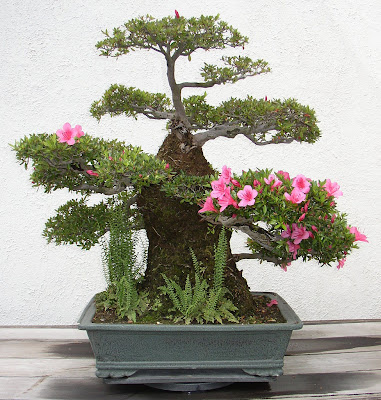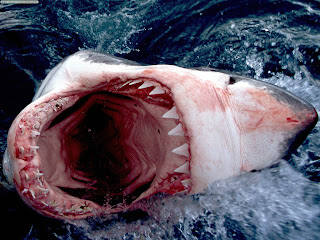Tonight, we're having some friends over for a "raw food" dinner. The raw food movement believes in preserving the live enzymes and health benefits in food by avoiding temperatures above 105 degrees Farenheit. We've got some friends who love natural, organic, raw food...so we're doing this for them. Welcome to Portland!
Dad and I just spent an hour and a half julienning onions, zucchini, red peppers and, most difficultly, Thai baby coconut into "noodles" for some Pad Thai. While doing this, we were drinking freshly-squeezed carrot/apple/ginger juice, each glass containing the juice of a full pound of carrots (the byproduct of shredding 2 pounds of carrots for use in a "Save the Tunas" Salad made entirely of veggies, nuts, and seeds).
Figure 1. Onion "noodles," marinating in Tamari.
We made an unholy number of "noodles" -- a full lasagna tray full of them. Every single "noodle" was "lovingly" (snarkily) handcrafted by me and Dad over the course of about an hour and a half. The onions, zucchini, and red pepper were straightforward, but the Thai baby coconut required some good old MIT engineering! The task was getting "noodles" out of this:
(from Robin's flickr photostream)
So, for those of you who are ever subjected to the unfortunate instruction "julienne baby coconut into 'noodles,'" I present:
How to Open a Baby Coconut
You will need:
- A young Thai coconut
- A glass, and a health nut you want to be nice to
- A hammer and chisel
- A power drill with a 3/8" drill bit
- A second-story window above some pavement
- Cut some of the excess "padding" off the side of the coconut. This padding acts as a shock absorber, and we're going to be throwing it out of the window later on, so it's best to remove the padding.
- Wash off the power drill and drill bit.
- Drill a hole in the side of the coconut, on one of the sides where you've removed some of the padding. This hole is to relieve the pressure on the inside of the coconut so the inside juice will flow more quickly.
- Cover this hole with your thumb while drilling a hole in the top pointy part of the coconut. The pointy part will direct the coconut milk into a nice stream.
- Overturn the coconut above a glass and let it drain. You may have to clear out the holes when they get clogged.
- When the draining is complete, find the health nut and give them the glass of young Thai coconut water. Now they owe you one!
- Wash off the hammer and chisel.
- Go back to that first hole you drilled -- it will be easier to break the coconut around there. Place the chisel, then hammer it down until you have a bit of a crack in the coconut.
- We didn't have much of a chisel. It was more of a spatula. If you have a good chisel, you can probably just chisel the coconut open at this point. If you don't, or if you want to have more fun, go find a second story window above some concrete.
- Position the coconut so the pilot crack is facing downward, raise your arms, and throw the coconut down as hard as you can! A kiai helps. Repeat until a big crack forms; one well-aimed throw should do it.
- Tear the coconut in half.
- Cut into, um, "noodles."
Figure 2. A tray of "noodles," with coconut above red pepper above zucchini.
Happy Solstice! And, if you're back on the East Coast, enjoy your White Christmas. :-)



































